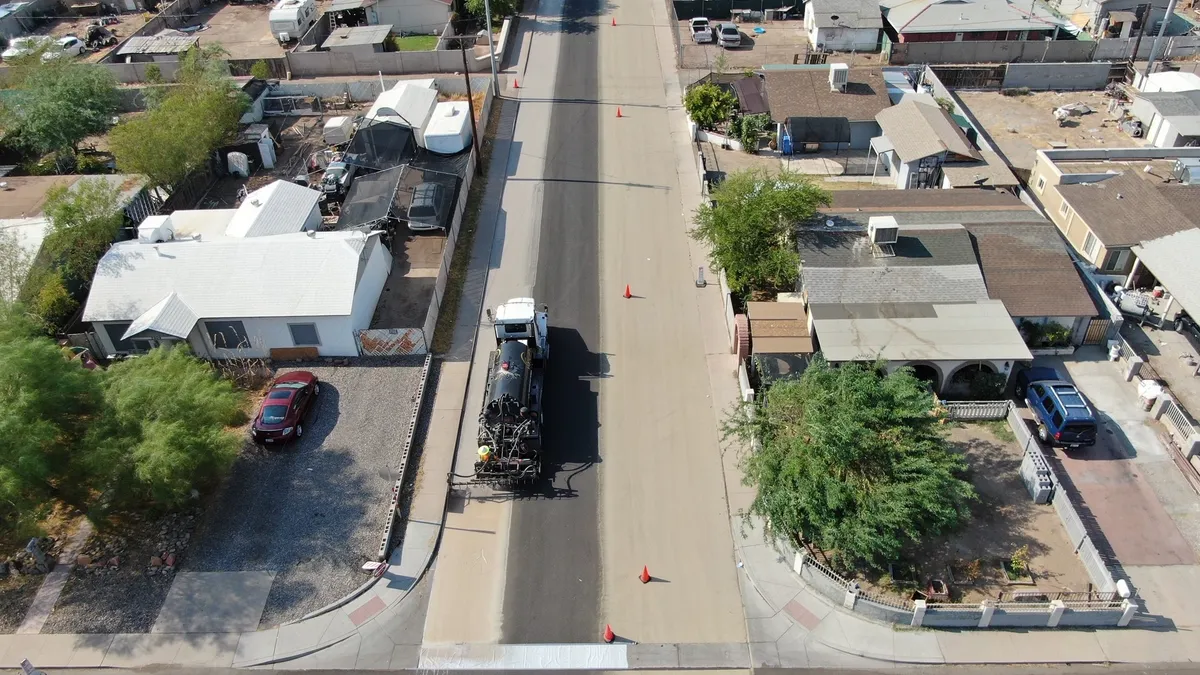Dive Brief:
- Office architects are looking to neuroscientists to learn how the brain reacts to design elements in the workplace, says Geek Wire. Their goal is to create workspaces that make employees happier and more productive.
- Designers reportedly learned that high cathedral ceilings help teams figure out broad problems, while low ceilings are conducive to more detailed work. Blue is credited with keeping the brain alert because it’s associated with the sky and sunlight. Green represents nature and open spaces, which is why plants are often used in office design.
- Geek Wire notes, however, that there are skeptics about the effects of neuroscience and design. Dr. John Medina, a developmental molecular biologist and University of Washington professor, is working with the architecture firm NBBJ to study neuroscience and design, but admits he’s skeptical about the results because he said little is known about how the brain functions.
Dive Insight:
Geek Wire reports that office design has been based on buildings first and people second. Design that puts people first can create work environments that make employees more comfortable, creative, productive and generally happier.
It's not the first time researchers have recommended experimenting with color in the workplace. One London-based research firm studied the working habits of so-called "thinking" workers in order to determine the effects of workplace stimuli. Among their findings? Cool colors and LED lights can improve alertness, and scents like lavender and jasmine can produce a calming effect.
The trend toward open, wall-free workspaces doesn’t accommodate the workstyles of all employees. Hacker Moon reported on an anonymous study of 1,000 high-performing employees, many of whom are problem-solvers. The results showed that these workers reject open workspaces and instead prefer private, calm spaces where they can concentrate.
Also, as Geek Wire reported, Edward O. Wilson, Harvard University biologist and researcher, said that people are naturally attracted to open spaces. But in nature, if a predator threatens, or if in the workplace a conference call is too loud, people will retreat to a smaller, safer or quieter space.











